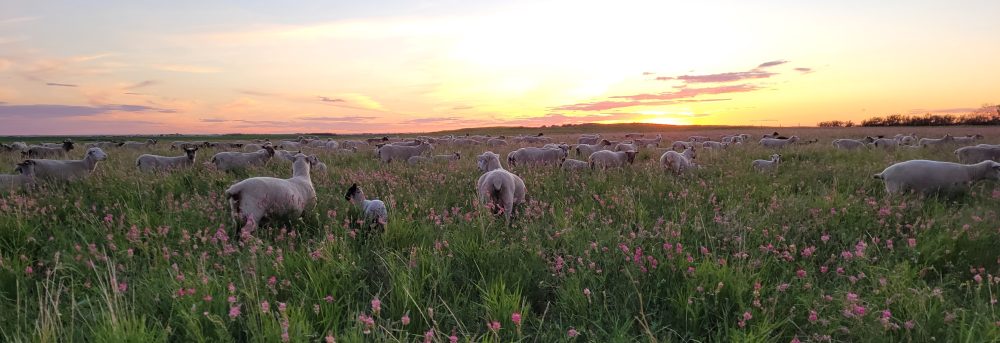It seems my plan to post more often has not come to fruition. It can be tough for me to post, as much of our days are spent doing the regular ins and outs of farm work, which doesn’t seem exciting or worth reporting on. Animals come and go, weather changes, the work changes with the day and the season, but carries on in a regular rhythm. Those of you who know me will also know I’m not a particularly expressive and outspoken person, so doing so online can also be a stretch for me. All that said, I know you appreciate these posts, so I’ll try to stretch those muscles a little better again going forward.
While things continue on in much the same stead, there are always small changes happening. We are supplying pig and lamb to a couple of stores now on a year round basis and working on having beef available more readily as well. I have been adding some value to some of our wool, as you can see on the wool for sale pages.
A bigger change is that Chris (my long time boyfriend) is now working almost full time on the farm as my dad transitions to retirement. It has been great having Chris on the farm, he brings different skills and a new perspective.









